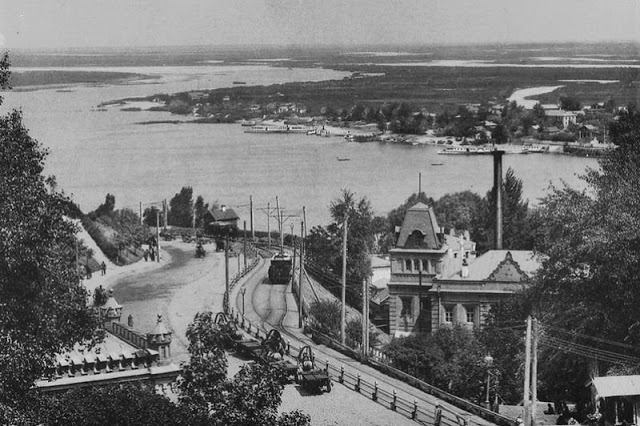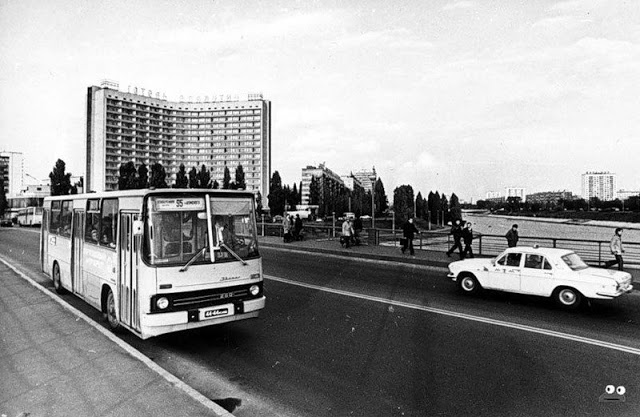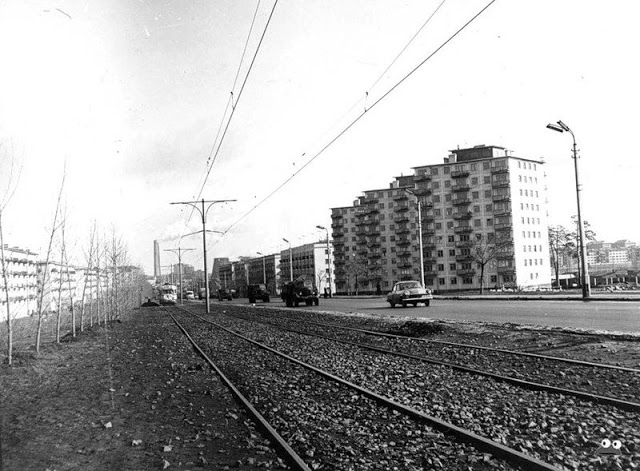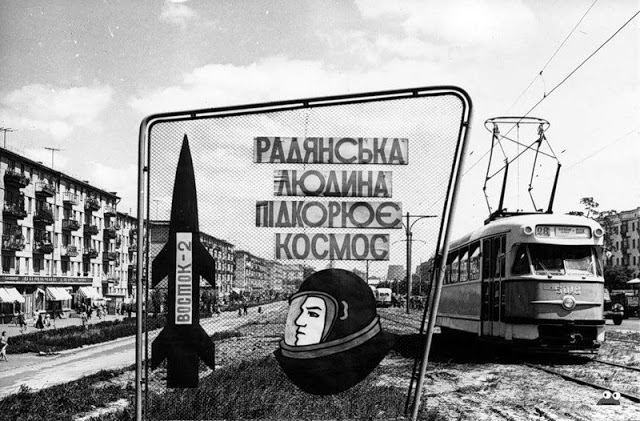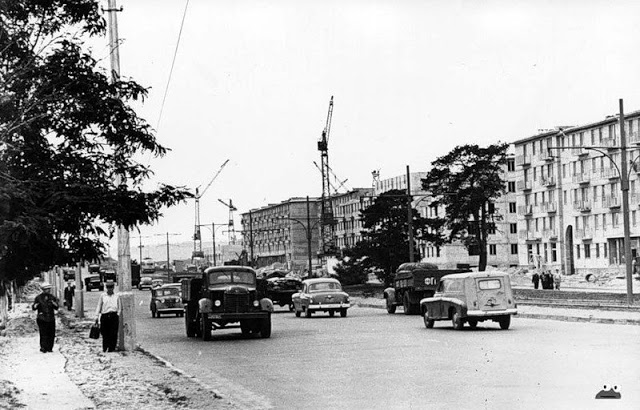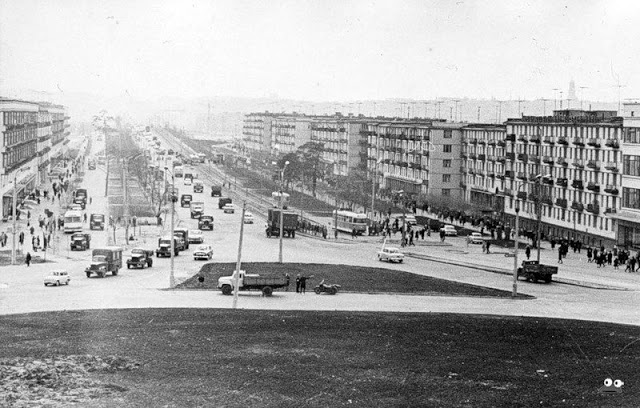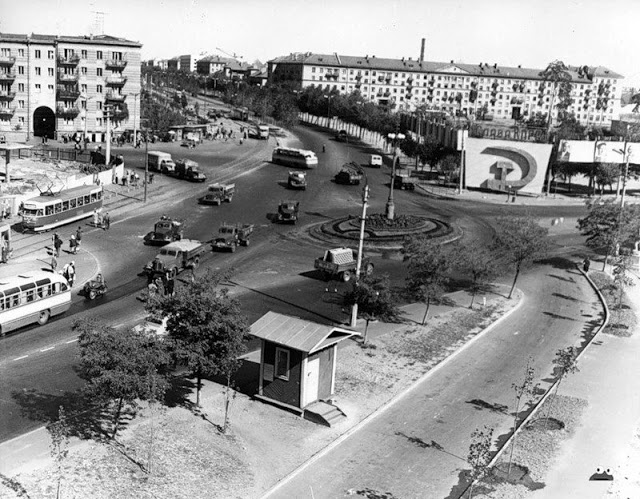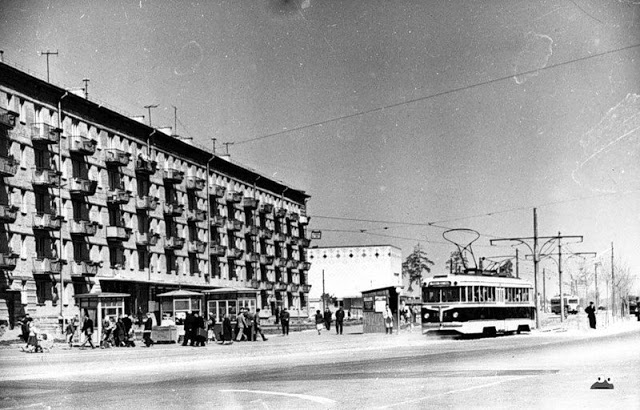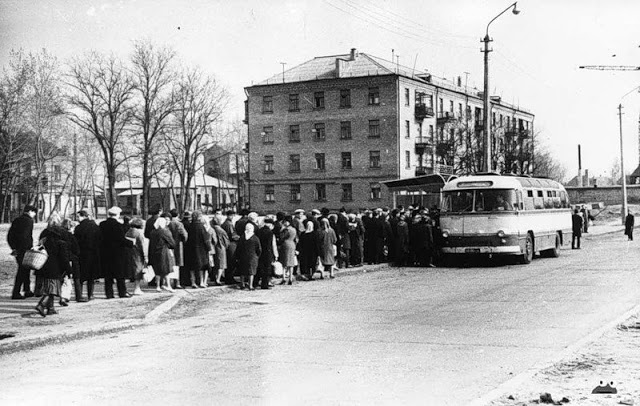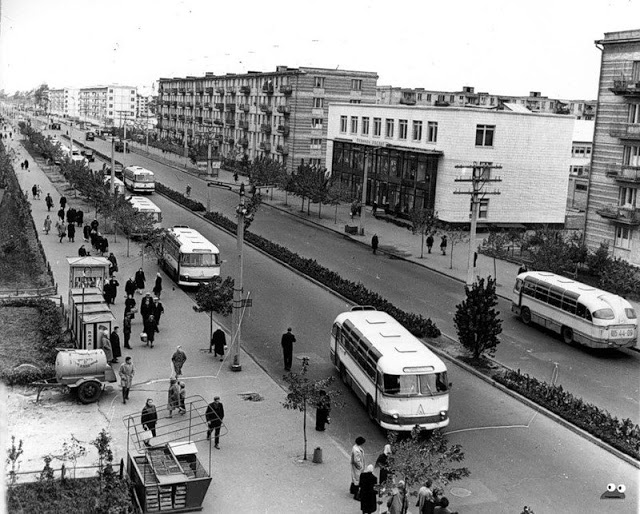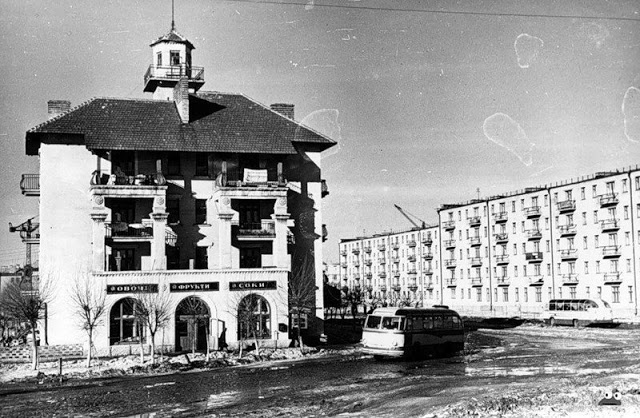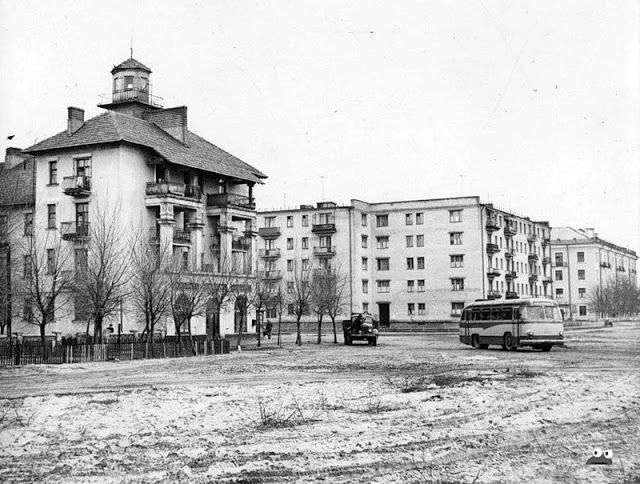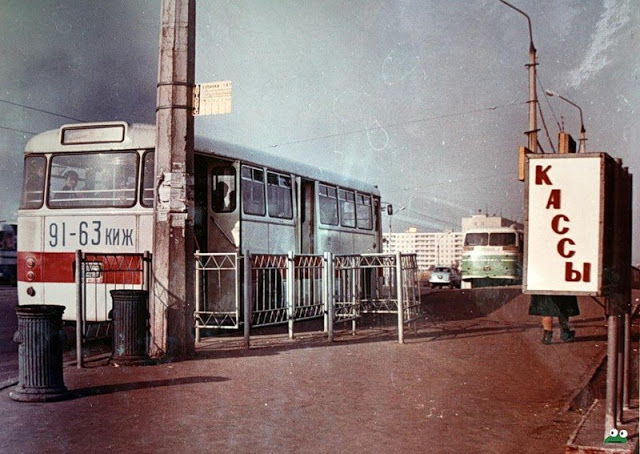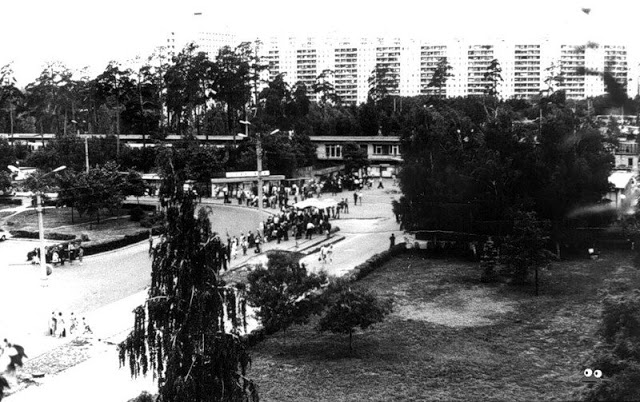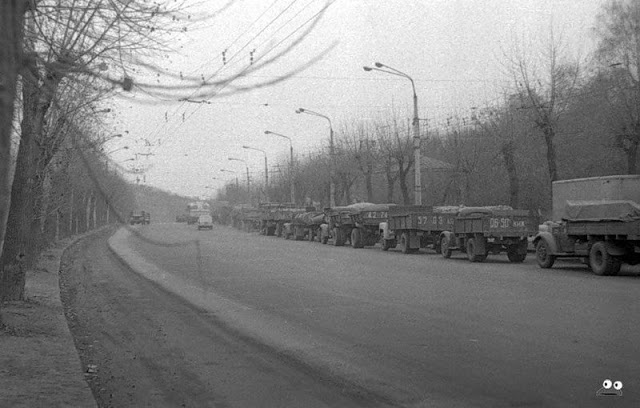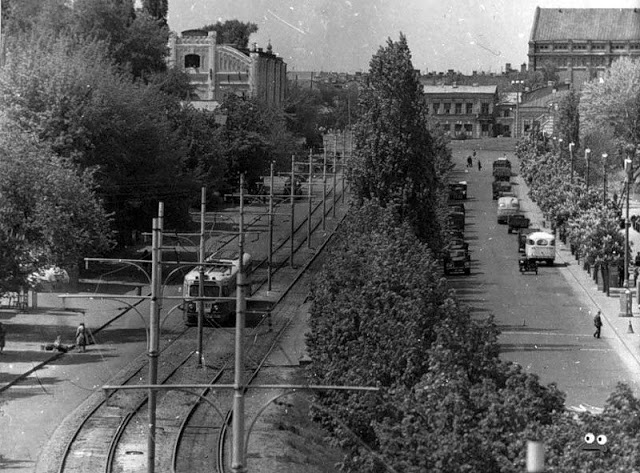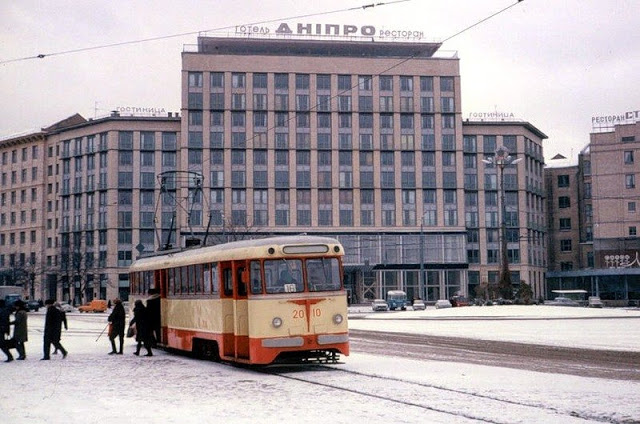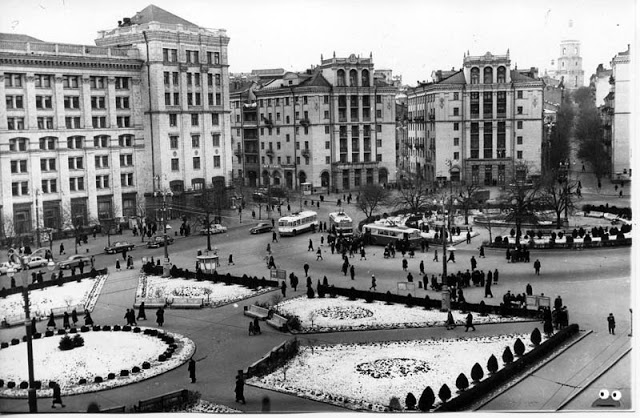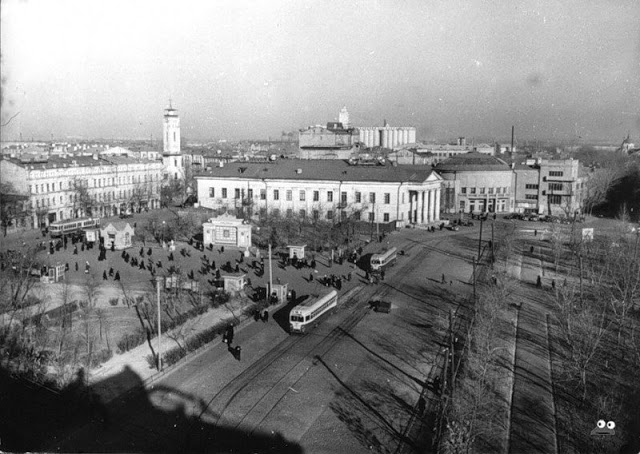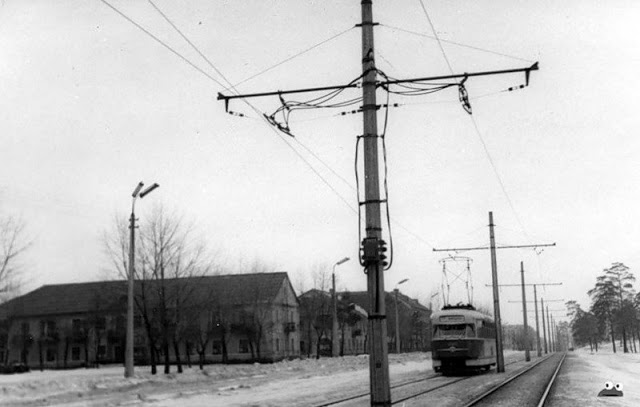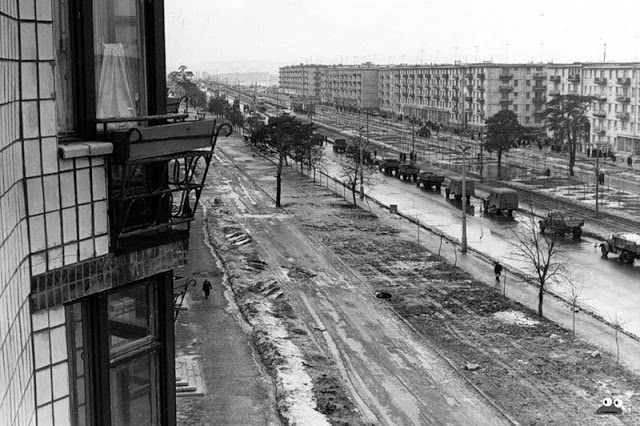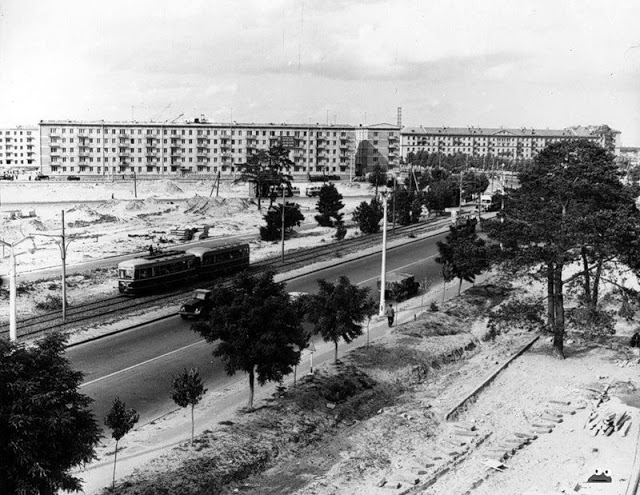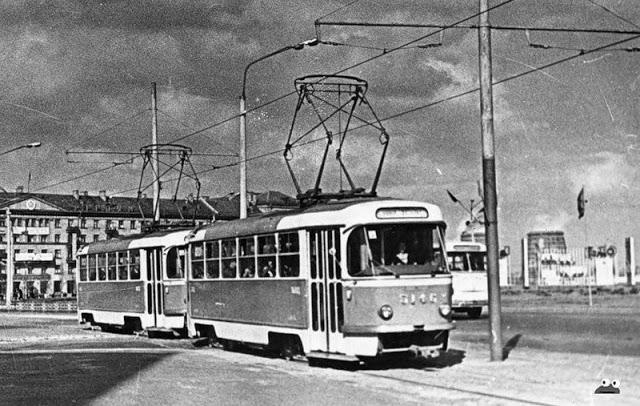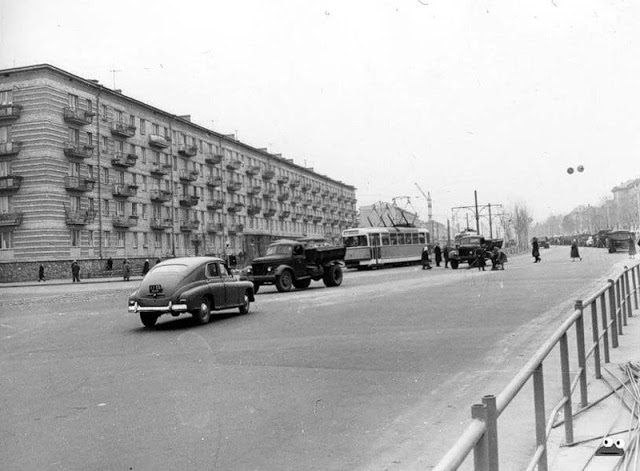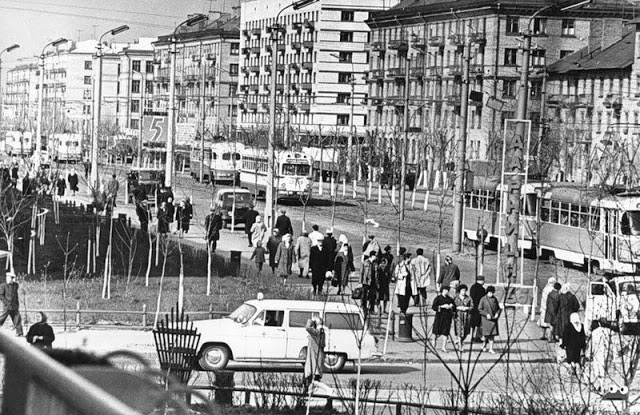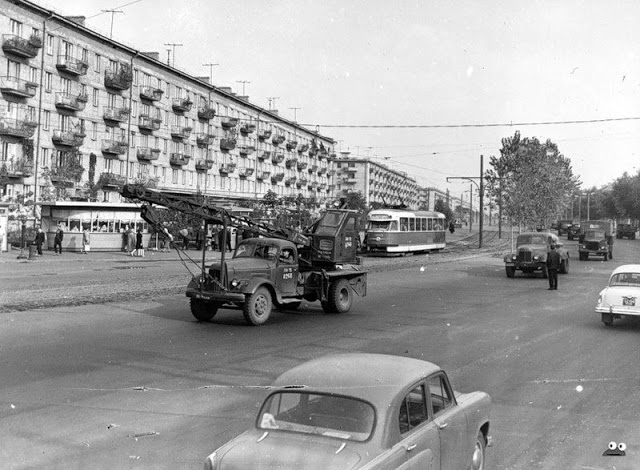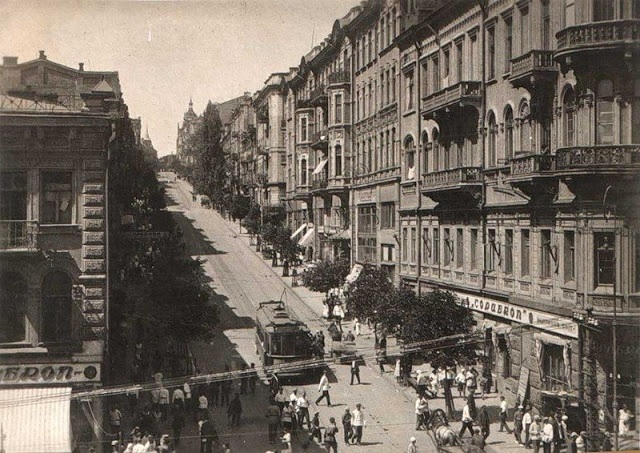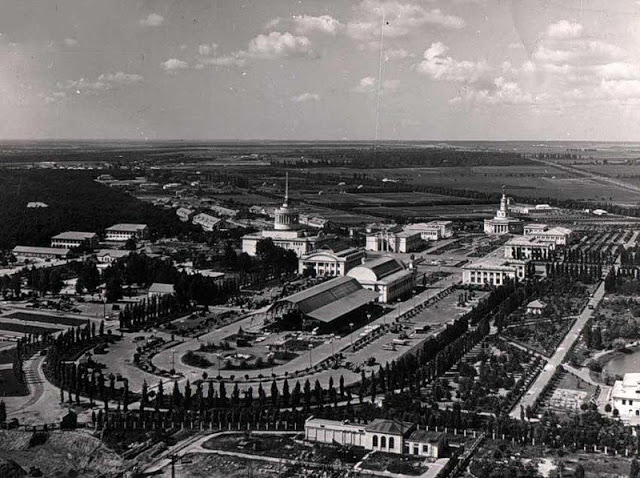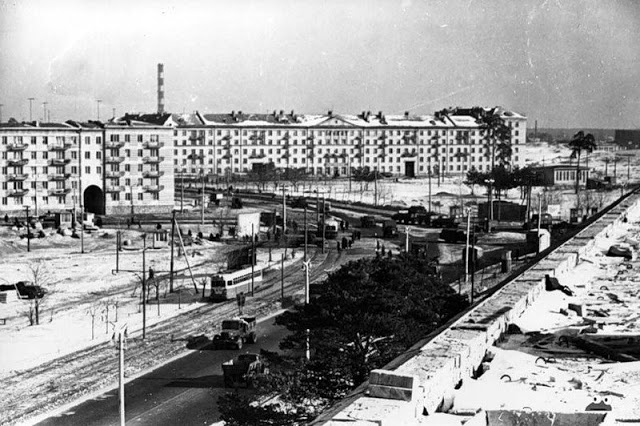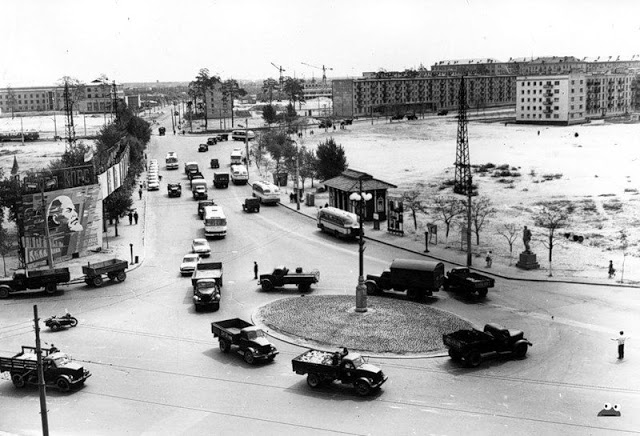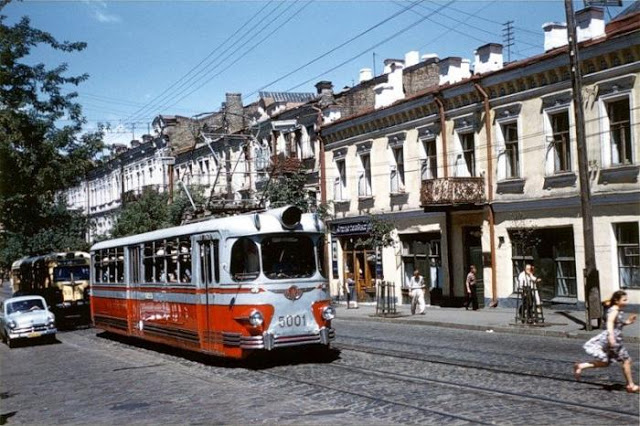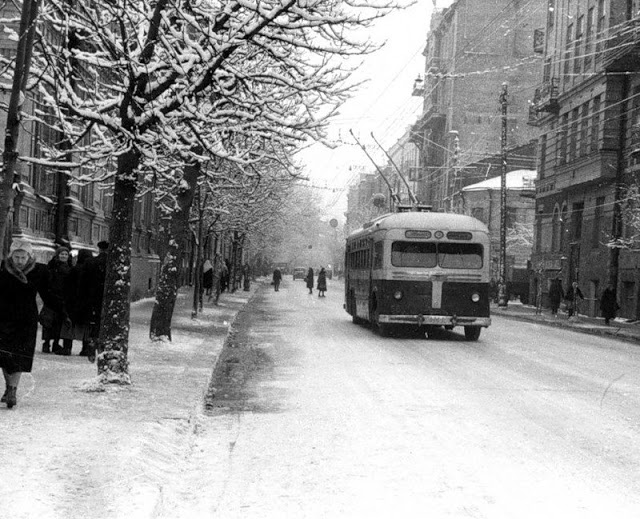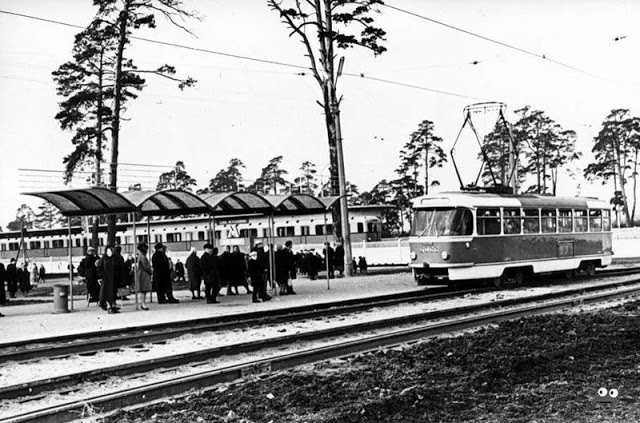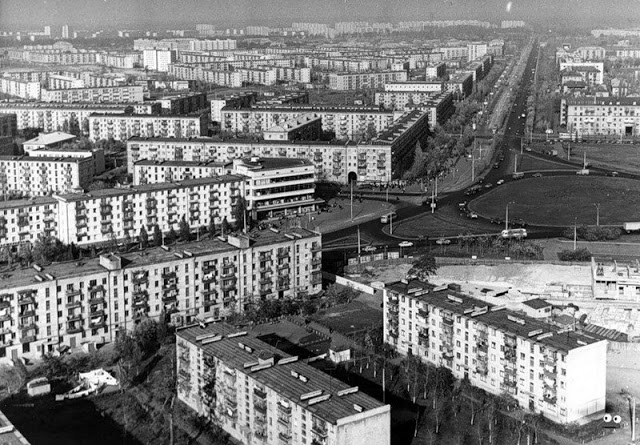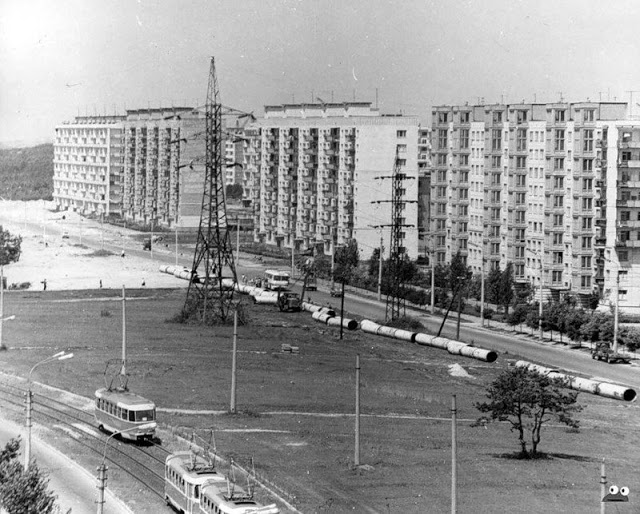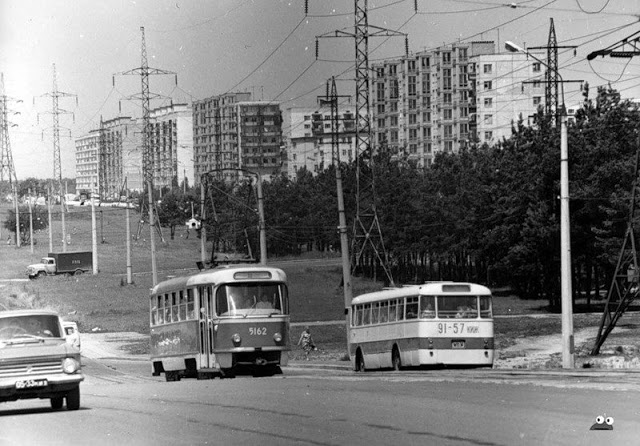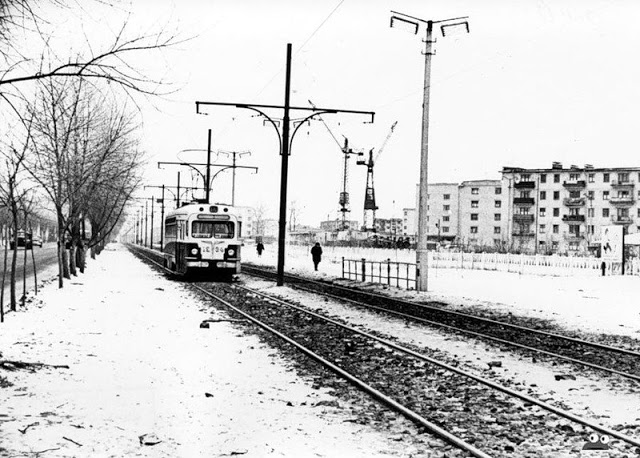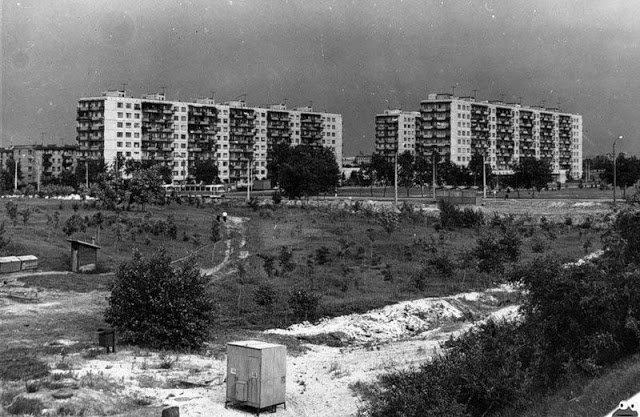Kiev s the capital and largest city of Ukraine, located in the north central part of the country on the Dnieper River. The population in July 2013 was 2,847,200 making Kiev the 8th largest city in Europe.Kiev is an important industrial, scientific, educational, and cultural centre of Eastern Europe. It is home to many high-tech industries, higher education institutions and world-famous historical landmarks. The city has an extensive infrastructure and highly developed system of public transport, including the Kiev Metro.
According to legend, Kiev was founded by three brothers, Kyi, Shchek and Khoryv, and their sister Lybid. Kiev is named after Kyi, the eldest brother. The exact century of city foundation has not been determined. Legend has it that the emergence of a great city on the future location of Kiev was prophesied by St. Andrew (d. AD 60/70) fascinated by the spectacular location on the hilly shores of the Dnieper River. The city is thought to have existed as early as the 6th century, initially as a Slavic settlement. Gradually acquiring eminence as the center of the East Slavic civilization, Kiev reached its Golden Age as the center Kievan Rus’ in the 10th–12th centuries.
Its political, but not cultural, importance started to decline somewhat when it was completely destroyed during the Mongol invasion in 1240. In the following centuries Kiev was a provincial capital of marginal importance in the outskirts of the territories controlled by its powerful neighbors: the Grand Duchy of Lithuania, the Polish-Lithuanian Commonwealth and the Grand Duchy of Moscow, later the Russian Empire. A Christian city since 988, it still played an important role in preserving the traditions of Orthodox Christianity, especially at times of domination by Catholic Poland, and later the atheist Soviet Union.
The city prospered again during the Russian industrial revolution in the late 19th century. In the turbulent period following the Russian Revolution Kiev, caught in the middle of several conflicts, quickly went through becoming the capital of several short-lived Ukrainian states. From 1921 the city was part of the Soviet Union, since 1934 as a capital of Soviet Ukraine. In World War II, the city was destroyed again, almost completely, but quickly recovered in the post-war years becoming the third most important city of the Soviet Union, the capital of the second most populous Soviet republic. It now remains the capital of Ukraine, independent since 1991 following the dissolution of the Soviet Union.
Following the collapse of the Soviet Union and Ukrainian independence in 1991, Kiev remained the capital of Ukraine and experienced a steady migration influx of ethnic Ukrainians from other regions of the country.During the country’s transformation to a market economy and electoral democracy, Kiev has continued to be Ukraine’s largest and richest city. Kiev’s armament-dependent industrial output fell after the Soviet collapse, adversely affecting science and technology. But new sectors of the economy such as services and finance facilitated Kiev’s growth in salaries and investment, as well as providing continuous funding for the development of housing and urban infrastructure. Kiev emerged as the most pro-Western region of Ukraine where parties advocating tighter integration with the European Union dominate during elections.
